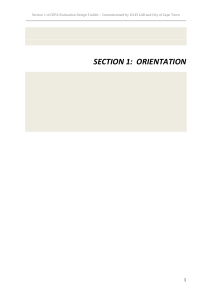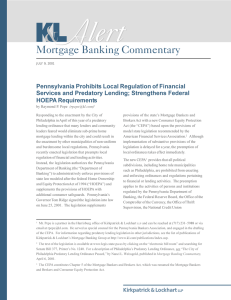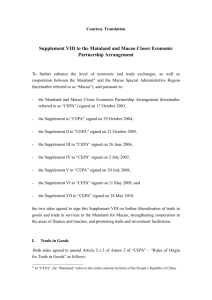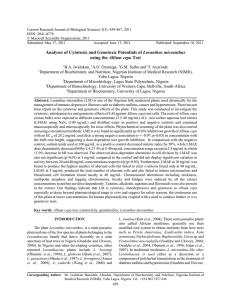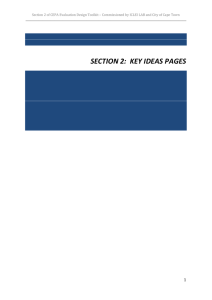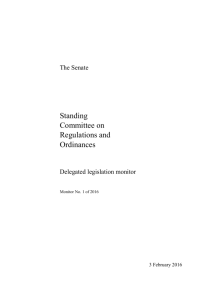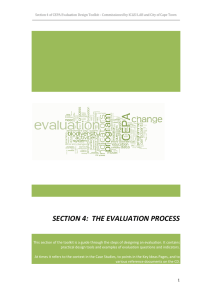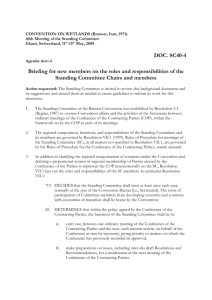CODE OF PRACTICE
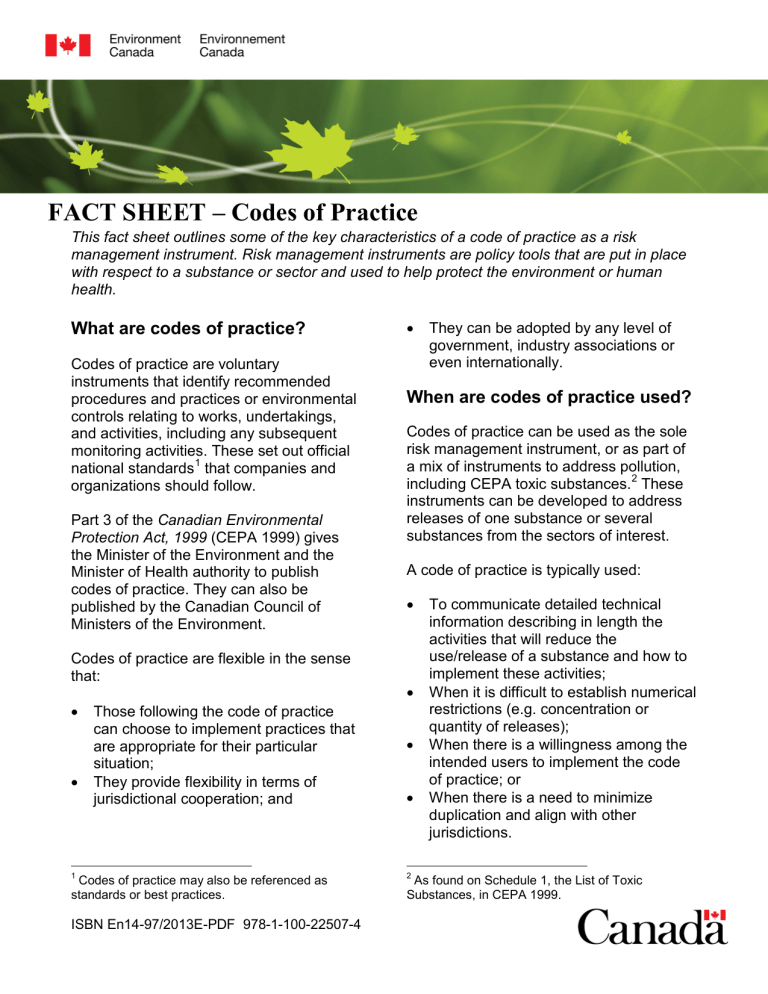
FACT SHEET – Codes of Practice
This fact sheet outlines some of the key characteristics of a code of practice as a risk management instrument. Risk management instruments are policy tools that are put in place with respect to a substance or sector and used to help protect the environment or human health.
What are codes of practice?
Codes of practice are voluntary instruments that identify recommended procedures and practices or environmental controls relating to works, undertakings, and activities, including any subsequent monitoring activities. These set out official national standards
organizations should follow.
Part 3 of the Canadian Environmental
Protection Act, 1999 (CEPA 1999) gives the Minister of the Environment and the
Minister of Health authority to publish codes of practice. They can also be published by the Canadian Council of
Ministers of the Environment.
Codes of practice are flexible in the sense that:
•
Those following the code of practice can choose to implement practices that are appropriate for their particular situation;
•
They provide flexibility in terms of jurisdictional cooperation; and
•
They can be adopted by any level of government, industry associations or even internationally.
When are codes of practice used?
Codes of practice can be used as the sole risk management instrument, or as part of a mix of instruments to address pollution, including CEPA toxic substances.
These instruments can be developed to address releases of one substance or several substances from the sectors of interest.
A code of practice is typically used:
•
To communicate detailed technical information describing in length the activities that will reduce the use/release of a substance and how to implement these activities;
•
When it is difficult to establish numerical restrictions (e.g. concentration or quantity of releases);
•
When there is a willingness among the intended users to implement the code of practice; or
•
When there is a need to minimize duplication and align with other jurisdictions.
1
Codes of practice may also be referenced as standards or best practices.
ISBN En14-97/2013E-PDF 978-1-100-22507-4
2
As found on Schedule 1, the List of Toxic
Substances, in CEPA 1999.
How are codes of practice developed?
The development process will vary depending on a number of factors, including the nature of the instrument, the sector and the objectives being proposed.
To create a code of practice, information and practices are gathered from a number of sources, including industry, other governments (for example, provincial or international), environmental groups and primary data collected by Environment
Canada.
First-hand operational knowledge is an important source of information used in the development of codes of practice.
Consultation during the drafting and finalization of the instrument is critical for the instrument to be relevant and used by the intended audience.
Environment Canada is committed to consult with stakeholders in the development of a code of practice.
Consultation improves transparency and helps to create a better understanding of the instrument and its objectives. The
Minister must, under section 54 of CEPA
1999, offer to consult with provincial and
Aboriginal governments before publishing a final instrument.
Common elements
•
Introduction, purpose and objective
•
An overview of the targeted operational activities
•
Description of the activities of concern
•
Recommended environmental procedures to mitigate concerns
•
Data collection, reporting and verification processes.
Want to know more?
Examples of codes of practice can be found on:
•
The CEPA Environmental Registry at: www.ec.gc.ca/lcpe-cepa
•
The Chemical Substances Portal at: www.chemicalsubstanceschimiques.gc.
ca/index-eng.php
Please direct your comments and questions to:
Environment Canada
Innovative Measures Section
351 St. Joseph Boulevard
Gatineau QC K1A 0H3
Tel.: 819-994-0186
Fax: 819-953-7970
Email: CoP-CdP@ec.gc.ca
March 2013
2










